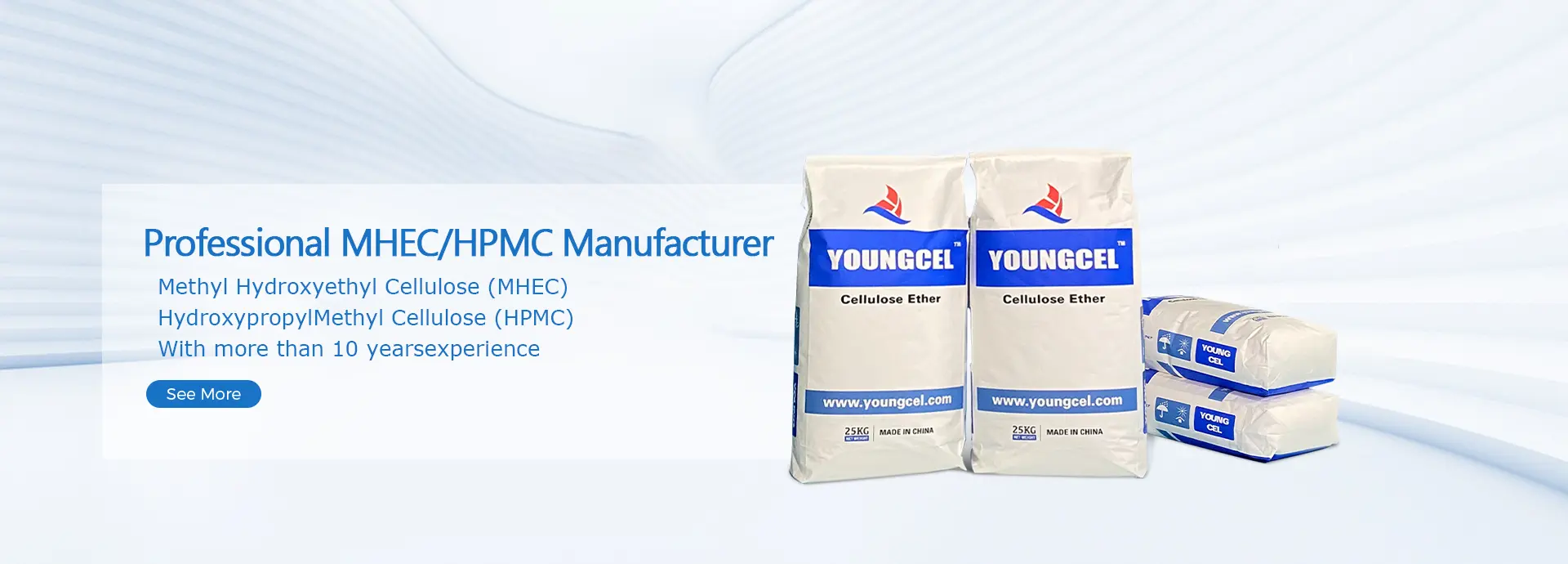Understanding Methyl Cellulose and Hydroxypropyl Methylcellulose (HPMC)
Methyl cellulose (MC) and hydroxypropyl methylcellulose (HPMC) are cellulose derivatives widely used in various industries, including food, pharmaceuticals, construction, and cosmetics. Both of these compounds possess unique properties that make them valuable as thickening agents, stabilizers, and film-forming agents. This article will delve into their composition, properties, applications, and significance.
Composition and Properties
Methyl cellulose is derived from cellulose, the primary component of plant cell walls. It is produced by the alkali treatment of natural cellulose followed by the reaction with methyl chloride. As a result, methyl cellulose is an etherified polymer that is soluble in cold water but not in hot water. When it dissolves, it forms a gel-like solution, which thickens and stabilizes various formulations.
Hydroxypropyl methylcellulose (HPMC), on the other hand, is an advanced derivative of methyl cellulose. It is produced through similar processes but includes the hydroxypropyl (HP) group, which enhances its properties. The incorporation of hydroxypropyl groups provides HPMC with increased solubility in both hot and cold water, making it even more versatile than methyl cellulose.
Both MC and HPMC are non-toxic, odorless, and tasteless, which makes them particularly suitable for use in food and pharmaceutical applications. Their chemical structure gives them excellent water retention properties, film-forming capabilities, and stability at various pH levels.
Applications
1. Food Industry Methyl cellulose and HPMC are extensively used as food additives. They serve as thickeners, emulsifiers, and stabilizers in products such as sauces, dressings, ice creams, and baked goods. Their ability to retain moisture enhances the texture and shelf life of food products, making them ideal for maintaining freshness.
2. Pharmaceuticals In the pharmaceutical industry, HPMC is commonly used as a binder in tablet formulations, a coating agent, and a controlled-release agent. Its film-forming properties allow for the development of sustained-release formulations, enabling drugs to be released over extended periods. Methyl cellulose is also utilized for its laxative properties in certain medications.
methyl cellulos hpmc

3. Construction In the construction sector, both MC and HPMC function as essential additives in cement, mortar, and plaster. They enhance workability, improve water retention, and increase adhesion. This results in stronger, more durable construction materials.
4. Cosmetics and Personal Care In cosmetics, HPMC acts as a thickener and stabilizer in creams, lotions, and gels. It helps maintain the desired viscosity while providing smooth application characteristics. Its non-irritating nature makes it suitable for sensitive skin formulations.
5. Other Applications Beyond the major industries mentioned, methyl cellulose and HPMC find applications in oil drilling fluids, paints, and coatings, providing thickening and stabilizing functions across various formulations.
Significance and Future Perspectives
The significance of methyl cellulose and HPMC in multiple industries cannot be overstated. Their non-toxic, biodegradable, and versatile nature aligns with the increasing demand for sustainable and environmentally friendly materials. As industries seek to reduce their environmental footprint, the utilization of cellulose derivatives holds substantial promise.
Emerging research focuses on optimizing the production processes of these cellulose derivatives to enhance their properties further. Innovations in formulation techniques are also underway, paving the way for the development of specialized products tailored to specific applications.
Moreover, the growing trend toward plant-based and clean-label products in food and cosmetics presents an burgeoning market for methyl cellulose and HPMC. Their sustainable origins and functional capabilities make them ideal candidates for formulations that prioritize health and environmental consciousness.
Conclusion
Methyl cellulose and hydroxypropyl methylcellulose are essential ingredients that contribute to the performance and quality of products across various industries. Their unique properties, combined with their versatility, make them indispensable in modern formulation technology. As consumers increasingly favor sustainable and natural products, the role of cellulose derivatives like MC and HPMC will only continue to grow, serving the needs of multiple sectors while supporting environmental sustainability.
-
Rdp that The Revolutionary Polymer Powder Transforming Modern Construction MaterialsNewsAug.11,2025
-
Hpmc Powder that Versatile Additive for Detergents and Personal CareNewsAug.11,2025
-
Hpmc Hydroxypropyl Methylcellulose that Essential Building Material Additive from Shijiazhuang Gaocheng YongfengNewsAug.11,2025
-
Hydroxypropyl Methyl Cellulos Hpmc that Essential for Construction ApplicationsNewsAug.11,2025
-
Mhec Powder that Revolutionizing Construction Chemistry with Cellulose Ether SolutionsNewsAug.11,2025
-
Industri Hpmc that The Global Backbone of Advanced ConstructionNewsAug.11,2025




